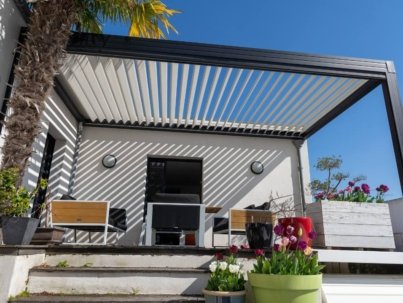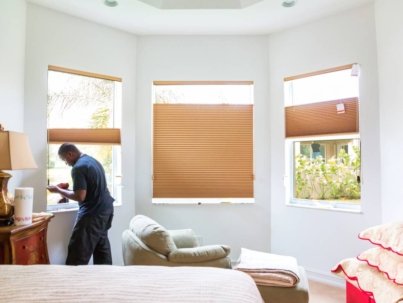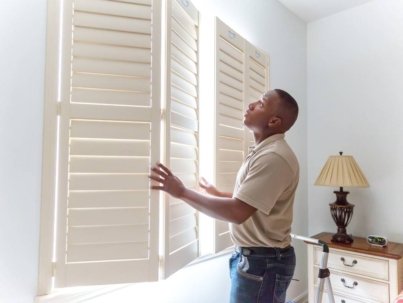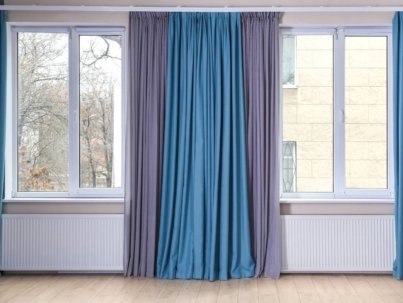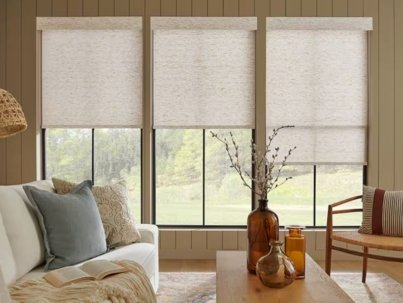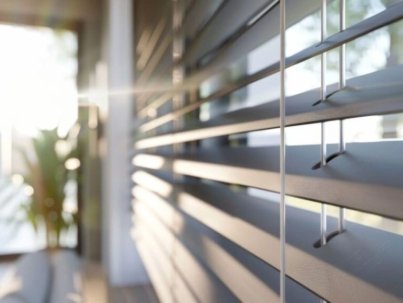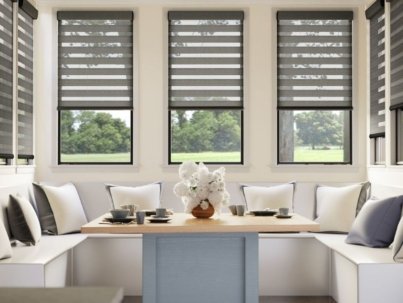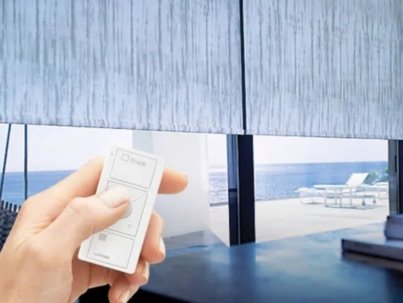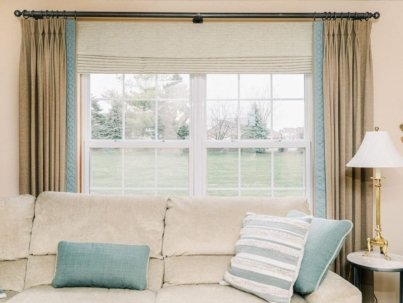Bamboo shades are also among the top priorities for homeowners who seek to add some style, eco-friendliness, and functionality to their residence. Whether you d ...
HomeBlogs
Posts in category: Blogs
When to Upgrade: 5 Signs Your Window Treatments Need a Refresh
Your window treatments contribute significantly to the appearance, atmosphere, and energy efficiency of your home. So, when do you realize that they must be rep ...
5 Signs You Should Replace Your Window Treatments
Your window treatments play a large role in the look and feel of your home. Over time, however, they can end up being out of date, inefficient, or just no longe ...
Best Window Coverings for Every Room in Your Home
Windows are not holes in the outside world; they set the tone for our light, privacy, and mood experiences inside our homes. However, cracked or dated window tr ...
How to Choose the Perfect Window Coverings for Every Room
The use of window treatment is also important in home decoration and design because it adds to the curb appeal and the usefulness of the home. They also concern ...
Why Automated Window Coverings Are the Future of Modern Living
Can you remember when you probably wished that the windows of the house could open and close themselves according to the time of the day, the heat or coldness o ...
What Window Treatments Enhance Your Home’s Style and Function?
Selecting the right window coverings is effective in enhancing your home’s beauty in addition to the privacy, and energy conservation as well as convenience. Re ...
What for? The Style and Convenience of Motorized Blinds
Have you ever dreamed of having a smarter, more convenient way to control your lights and privacy in your home? Motorized window blinds offer the perfect soluti ...
What to Know: A Step-by-Step Guide to Measuring and Installing Blinds
When it comes to enhancing your home’s aesthetics and functionality, choosing the right window blinds is essential. Whether you're looking for blackout window b ...
How to Choose Window Treatments That Match Your Style and Needs
Your living area transforms significantly through the natural illumination windows provide while simultaneously establishing both visual appeal and comfort leve ...


